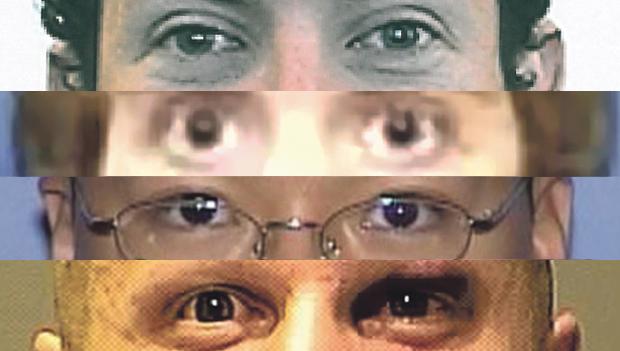Sacramento State: An easy target during a school shooting
January 29, 2013
Since 1980 there have been 137 fatal school shootings that saw 297 human lives snatched away with the pull of a trigger.
With untrained students and undertrained faculty and staff, the wide-open campus of Sacramento State would be an active shooter’s dream come true.
Every day students and non-students come and go unchecked with free range of the Sac State campus.
In light of the recent school shootings at Sandy Hook Elementary School in Connecticut and Lone Star College in Texas, Sac State’s readiness for an act like an active shooter rampaging around campus, ready to open fire on the Hornet community, is being looked into by the State Hornet.
While some faculty and staff have been fortunate enough to watch an active shooter video, which is an instructional tool providing training in the case of such an event, some staff and most students have not received any sort of training.
“I know nothing (about the video),” said communication studies department secretary Shea Grimm. “I don’t ever remember (the video) being mentioned and I know I have not seen it. I think people should be seeing (the video) and being made aware that it even exists.”
Grimm has been an employee at Sac State for 15 years. She said there has been never been any type of active shooter training offered to her at any time during her tenure.
Grimm works in a corner office of Mendocino Hall on the fifth floor.
“After the fire at (Mendocino Hall) I realized how vulnerable we are in here,” Grimm said. “If there were a shooter we would be trapped because we’re cornered here. We are sitting ducks. ”
She said feels like the school needs to provide more extensive training and contingency plans should be put in place the in case of a shooter.
The Sac State Police are looked at to provide security and safety to members of the Hornet family while daily business is being conducted on campus. However, some things are beyond the abilities of even the most highly trained police force.
“Our police department is well prepared if (a shooter) situation were to occur,” said Sac State Police Chief Mark Iwasa. “However, the extent we are able to mitigate that type of event is very difficult to assess.”
According to a study performed at the Naval Academy Postgraduate School in Monterey, in 14 cases involving an active shooter in highly trafficked areas, the average incident lasted less than 13 minutes from start to finish. On the flip side, the average response time by law enforcement in the same incidents was 18 minutes.
“What the information tells us is the most important training, whether on a high school campus or college campus, has to occur at the victim level,” Iwasa said. “How prepared are (students)? Not very prepared.”
Iwasa said students, faculty and staff alike, underutilize the emergency notification system that would alert people to a shooter roaming the grounds. He also said there was active shooter training recently and it was open to everyone on campus, but the number of participants was too insignificant to make an impact to the overall preparedness of Sac State as a whole.
“The ENS needs to become mandatory for all students so that enough people will be able to respond properly, and we are working to make that happen,” Iwasa said. “Law enforcement used to focus on training themselves to respond, but now the new focus is on training student and faculty on how to respond when something like an (active shooter) happens.”
Additional training of any type is most often seen as a burden. This thought is never more evident than when a simple fire drill takes place. Although it is a lifesaving technique, preparation takes a backseat to the value of free time as students complain about the perceived inconvenience.
As news of school shootings flood the nightly telecasts and front pages of newspapers, monthly if not weekly, the old “That would never happen here” mentality is becoming less sensible.
“It’s scary to think about because at Sacramento State, especially between classes, this is one of the busiest places you can be and it makes us susceptible, ” said Sac State senior Steven Garman. “I know we have a police force, but how well can they patrol when there are thousands of people walking (campus).”
Garman, a public relations major, said he thinks students need to take some responsibility when it comes to identifying threats.
“We all have to play a part and be aware, especially in a community this large,” Garman said. “(Identifying threats) is definitely something everyone has to buy into.”
Garman said he remembers getting training in elementary school and on into high school, but he was unaware of any active shooter training offered at Sac State.
“Maybe some (shooter training) at orientation could be nice for us,” Garman said. “Just something to show the school is being proactive.”
Even with the best discussion, planning and training, school shootings are a trend becoming more frequent and more deadly as higher death tolls are tallied with each incident.
While students need to take ownership of their role in the prevention of these in incidents, some will say it starts at the top.
“Leadership needs to take responsibility and have a plan,” Grimm said. “Everyone looks to them for guidance.”

































































































































